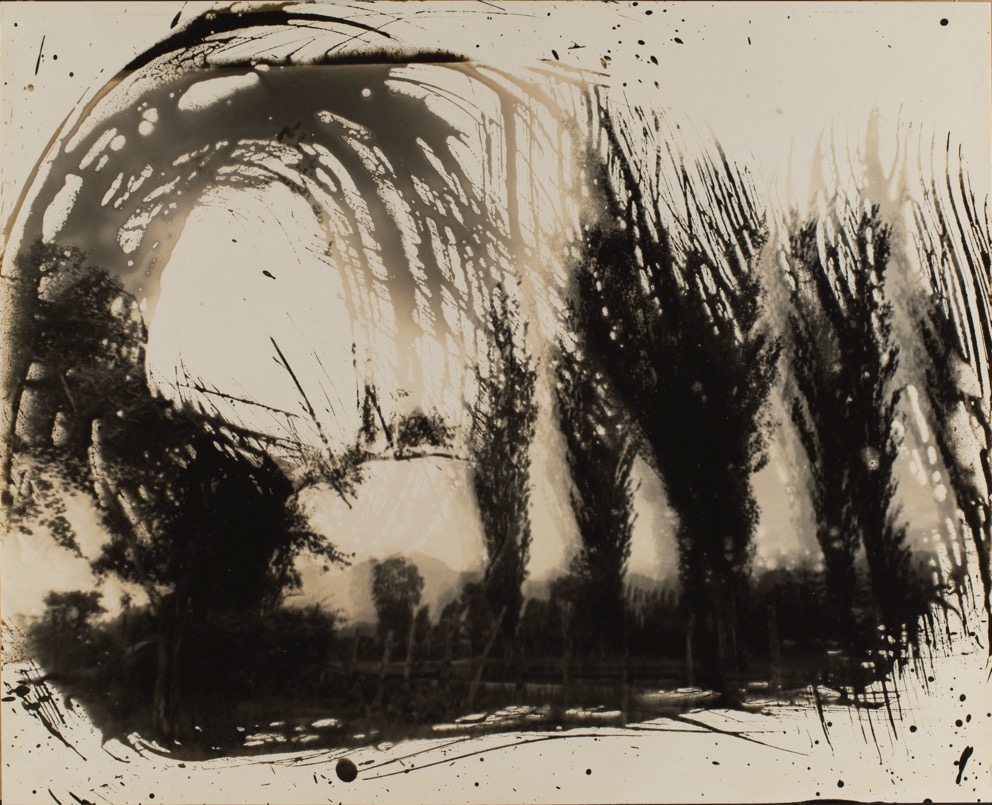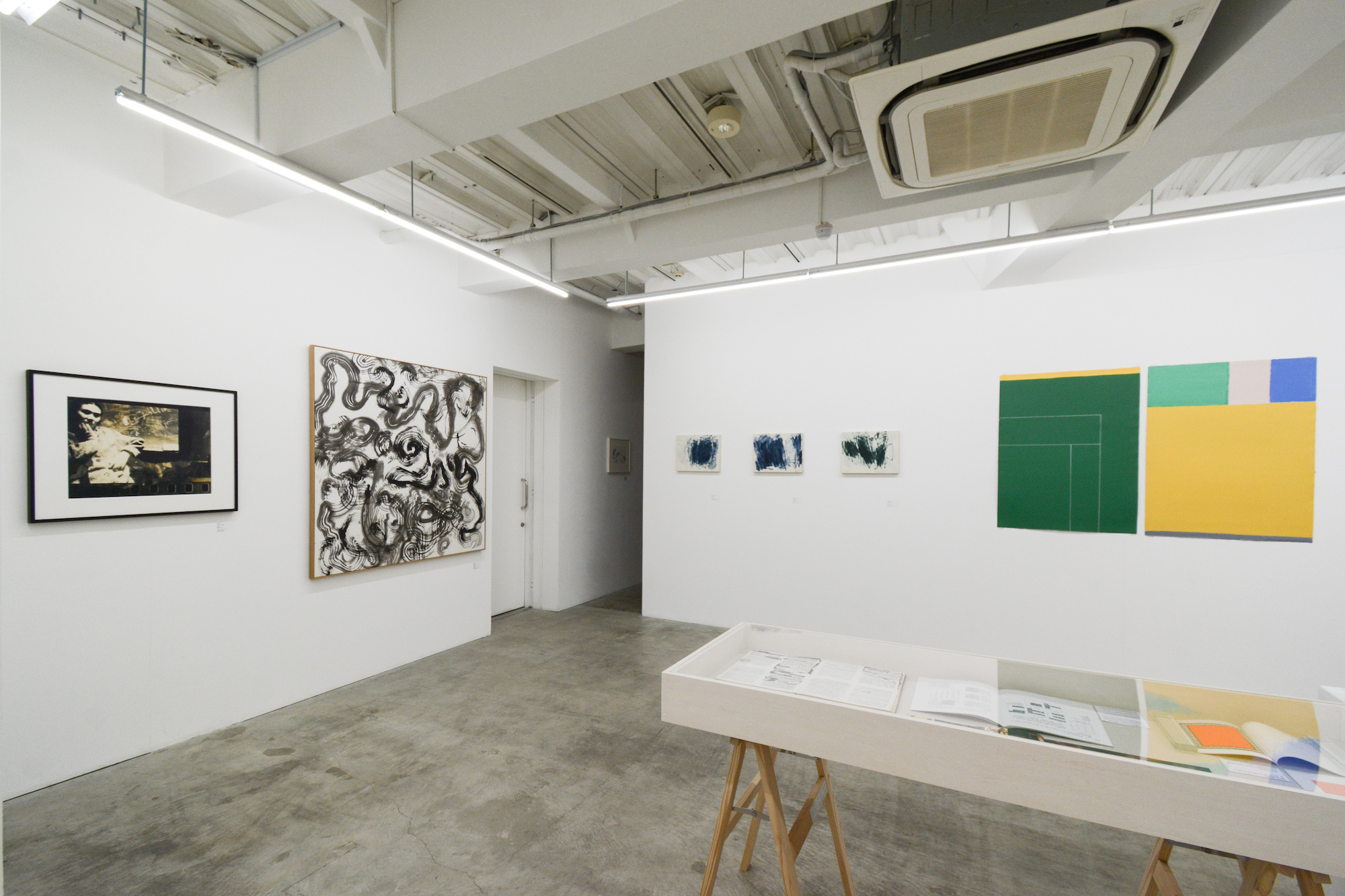MEM
EXHIBITION
EXHIBITION
ON MONO, KOTO, AND IMAGE

This exhibition takes its starting point from mono and koto, two concepts that are said to shape thought and creation in Japanese art. Often translated as “material,” “object,” or “thing,” mono refers to an object that occupies space or a form that is perceptible by the human senses. Carrying the sense of “incident” or “event,” koto, on the other hand, refers to an abstract object of thought, consciousness, phenomena, action, or character.
One of the artists featured in this group exhibition, Shigeru Onishi (1928–1994) studied topology and theoretical mathematics before turning to photography as a way of expressing his mathematical theories through art. He later shifted to working in avant-garde calligraphy and abstract ink painting, making work that the influential curator and critic Michel Tapié showed in Europe alongside pieces by Gutai artists in the late 1950s and 1960s. Recent years have seen a reevaluation of Onishi’s photographic output and his use of experimental techniques including multiple exposure, discoloration, and color tone manipulation using temperature. Alongside Onishi’s works, the paintings, drawings, prints, photographs, and videos by the other participating artists tease out the implications of mono and koto in modern and contemporary Japanese artistic practices
VENUE
VENUE
MEM
- C6
- Ebisu
MEM (Multiply Encoded Messages) was founded in Osaka in 1997 and moved to Tokyo in 2010. The gallery serves as an intersectional zone between artists and the public: a collaborative arena where experimental projects and artworks are conceived and exhibited, and where the multiplication of encoded messages can inspire new thinking.
Initially, MEM represented established artists who emerged in the 1980s in the Kansai region and were working in new media, such as video and photography, including Tomoaki Ishihara, Yoshio Kitayama, Chie Matsui, Kimiyo Mishima, and Yasumasa Morimura. Upon relocating to Tokyo, the gallery extended its program to add emerging artists, such as Ayano Sudo and Natsuko Tanihara. It also strengthened its focus on photography by organizing exhibitions for Antoine d'Agata, Ken Kitano, Katsumi Omori, and other contemporary photographers.

